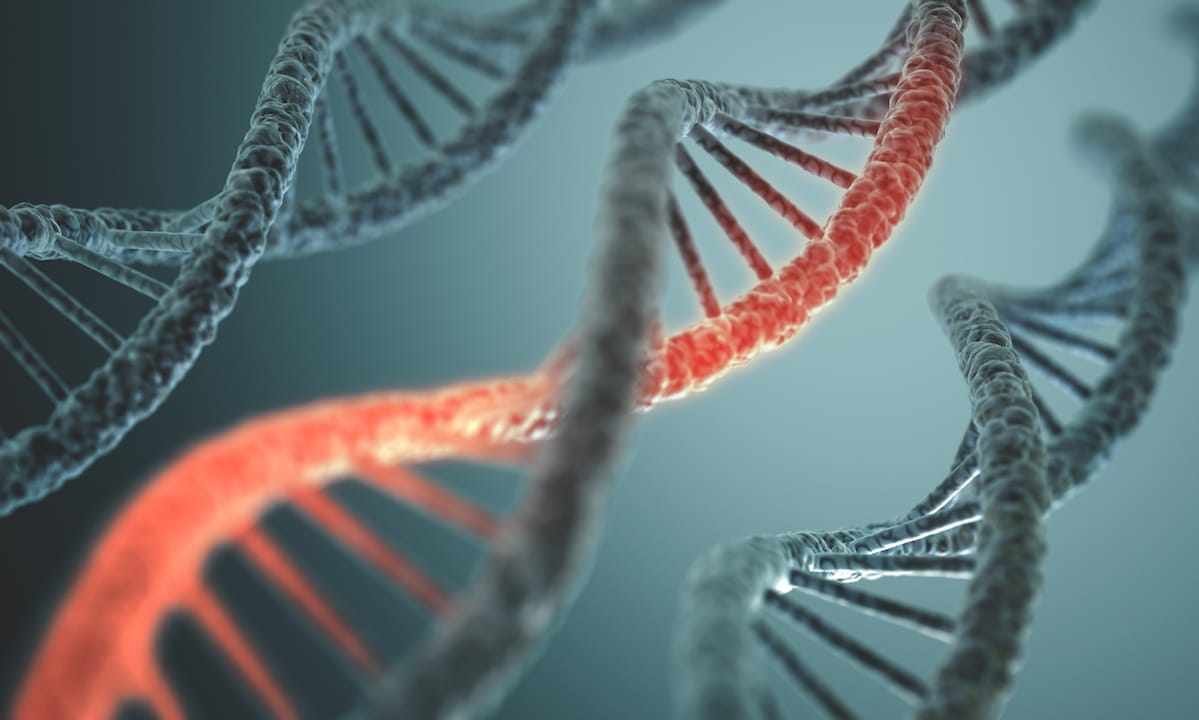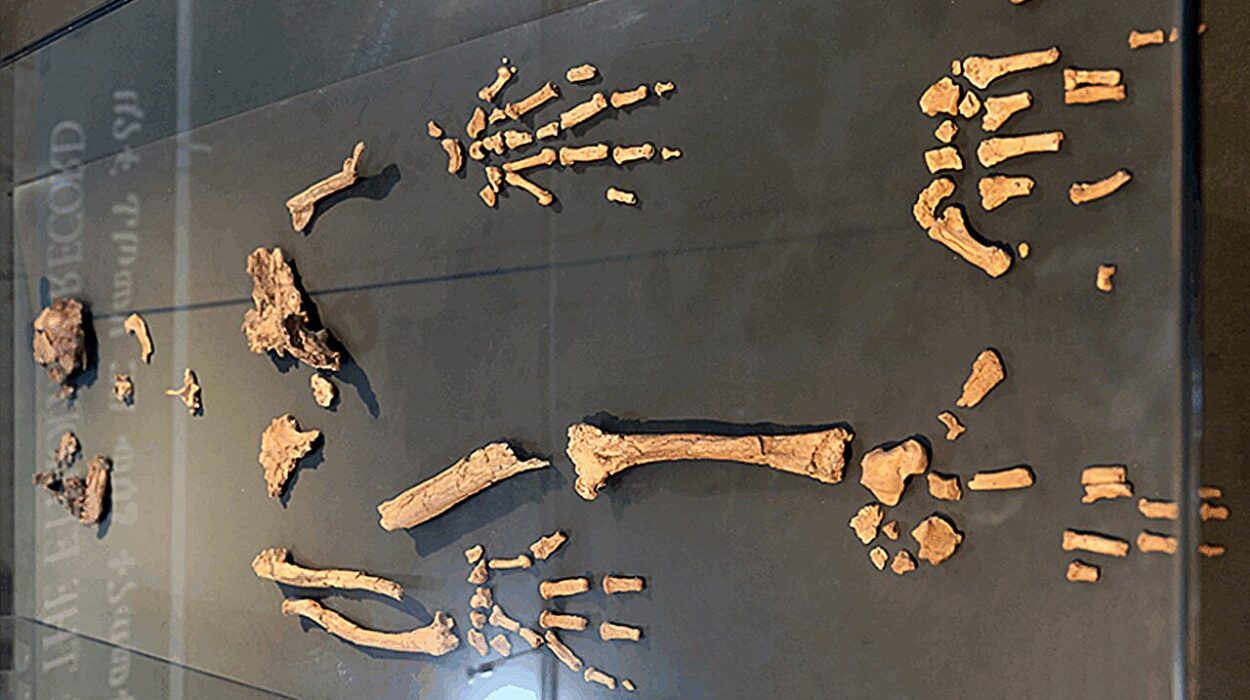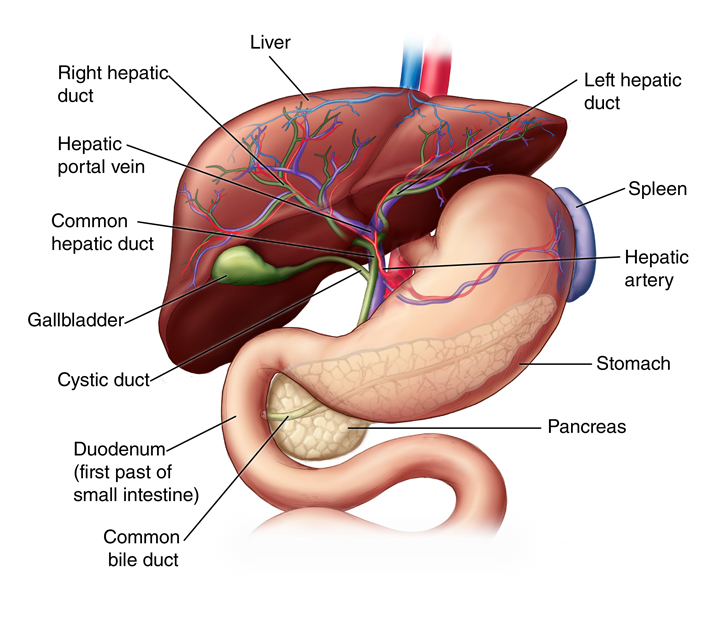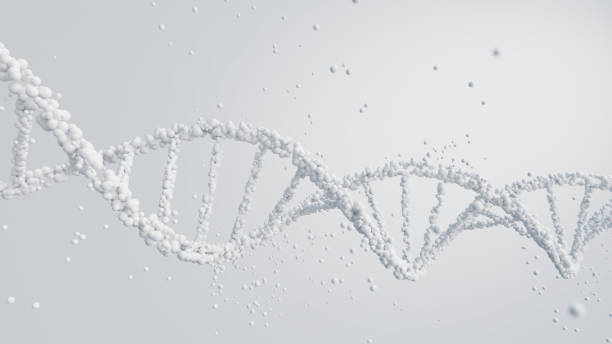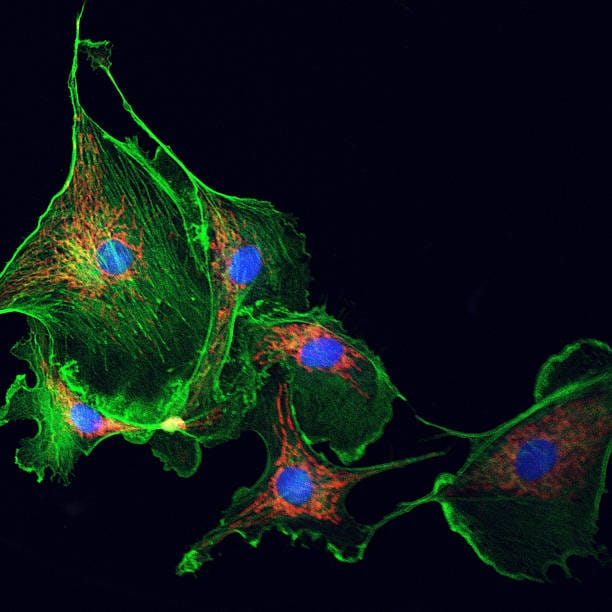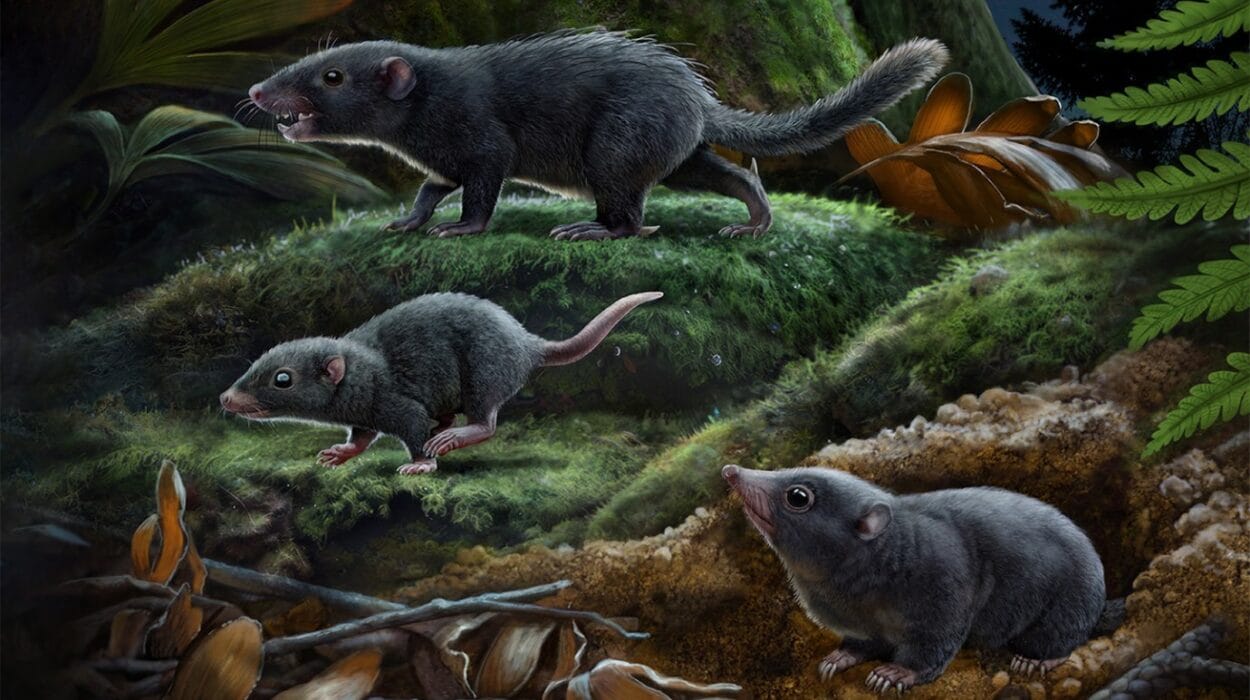At the heart of every living cell is a molecule that defines us more intimately than our names or faces. It tells our hearts when to beat, our brains how to think, our skin what color to be. It determines whether a flower blooms red or blue, whether a bird soars or sings. This molecule—DNA—is life’s master architect. And like all great architects, sometimes it improvises.
Genetic mutations are those improvisations. They are changes in the DNA sequence, tiny edits to the code that governs the orchestra of life. They can be subtle or dramatic, beneficial or catastrophic, passed from generation to generation or born anew in a single moment. They shape the destinies of individuals, species, and even ecosystems.
But what exactly is a mutation? Why do they happen? And why should we, as individuals living our brief lives in the vast ocean of biology, care?
The answers are not only scientifically profound—they are deeply human. Mutations hold the key to understanding our health, our history, and the future of medicine and evolution itself.
DNA: The Language of Life
Before we explore the nature of mutations, we must first understand the text they alter.
DNA, or deoxyribonucleic acid, is the hereditary material in almost all living organisms. It’s a double helix—two long strands twisted around each other like a spiraling staircase. These strands are made of nucleotides, each containing one of four bases: adenine (A), thymine (T), cytosine (C), and guanine (G). This quartet of letters forms the language of life.
The order of these letters—the sequence—spells out the instructions for building proteins, the molecular machines that carry out virtually every function in the body. Some regions of DNA act as recipes for proteins; others regulate when, where, and how much of a protein is made.
With over 3 billion base pairs in the human genome, even a single misplaced letter can change everything.
The Many Faces of Mutation
A genetic mutation occurs when there is a change in the DNA sequence. These changes can be caused by errors in DNA replication, environmental factors like radiation or chemicals, or inherited from a parent. Mutations can happen in many ways and take many forms.
A point mutation is one of the simplest types—it’s a change in a single base pair. For example, an A might be swapped for a G. Sometimes, this has no effect at all. Other times, it alters the resulting protein in subtle or dramatic ways.
Insertions and deletions add or remove nucleotides from the sequence. These can be particularly disruptive when they shift the “reading frame” of a gene, changing every subsequent amino acid in the protein. It’s like deleting a single letter from a sentence and turning it into gibberish.
Larger-scale mutations can involve duplications, inversions, or translocations of entire segments of DNA. Some mutations affect just one gene, while others span entire chromosomes.
Importantly, mutations can occur in somatic cells (non-reproductive cells) or germ cells (sperm and eggs). Only mutations in germ cells can be passed on to offspring, shaping the genetic future of our species.
Mutations: Villains, Heroes, and Everything In Between
To many people, the word “mutation” conjures images of disease, deformity, or comic book superpowers. In reality, most mutations are neutral. They do not noticeably affect an organism’s survival or reproduction. Some are even beneficial.
Mutations are not inherently good or bad; their impact depends on context. A mutation that confers resistance to malaria might be a life-saving adaptation in sub-Saharan Africa but could be harmful elsewhere. A mutation that disrupts pigment production might be disadvantageous in the wild but irrelevant in modern human society.
Yet mutations are the raw material of evolution. Without them, natural selection would have nothing to select. Every trait we see in the living world—from the cheetah’s speed to the whale’s size to the human brain’s complexity—owes its existence to countless mutations that accumulated over millions of years.
Still, some mutations are undeniably harmful. They can cause genetic disorders, increase susceptibility to disease, or interfere with development. Understanding these mutations is critical to modern medicine.
When the Code Goes Wrong: Genetic Disorders and Mutations
Some of the most devastating human diseases are caused by single-gene mutations. Cystic fibrosis, for instance, results from a mutation in the CFTR gene, which affects salt and water balance in cells. Sickle cell anemia arises from a single base change in the gene for hemoglobin, causing red blood cells to become misshapen and sticky.
These are known as Mendelian disorders—conditions caused by mutations in a single gene, often inherited in predictable patterns. Depending on whether the mutation is dominant or recessive, a person may become ill only if they inherit one or two copies of the altered gene.
Then there are chromosomal mutations. Down syndrome, for example, results from an extra copy of chromosome 21. Other conditions, like Turner syndrome or Klinefelter syndrome, involve missing or extra sex chromosomes.
Beyond these well-known disorders, a growing number of diseases—including many forms of cancer, Alzheimer’s, and autism—are being linked to more complex genetic mutations. These may involve multiple genes, environmental triggers, or epigenetic factors—chemical modifications that affect gene expression without altering the DNA sequence itself.
Genetics is not destiny, but it can profoundly influence health. As our ability to sequence DNA becomes cheaper and faster, personalized medicine—treatments tailored to an individual’s genetic profile—is becoming a reality.
Mutation and Evolution: The Engine of Diversity
Evolution is often portrayed as a slow, majestic process, unfolding over eons. But its gears are driven by something surprisingly mundane: random genetic mutations.
When a mutation occurs in a germ cell and is passed to offspring, it becomes part of that individual’s genome. If the mutation improves survival or reproduction, it may spread through the population over generations. If it’s harmful, it may disappear.
Over time, this process—natural selection—shapes species to fit their environments. From the beak shapes of Darwin’s finches to the camouflage of moths during the Industrial Revolution, evolutionary change is ultimately rooted in genetic mutation.
But evolution is not just survival of the fittest. It is also about chance, creativity, and constraint. Some mutations open new evolutionary paths; others close them. Some become tools for adaptation; others are remnants of the past.
And some mutations lead to entirely new species. When genetic changes accumulate to the point where populations can no longer interbreed, speciation occurs. The diversity of life on Earth—from bacteria to elephants to humans—is a testament to the power of mutation.
Mutations in the Modern World: Risk, Resilience, and the Future
Today, we live in a world where mutation has taken on new meanings. Exposure to radiation, pollution, and certain chemicals can increase mutation rates. Viruses mutate rapidly, sometimes evading our vaccines or treatments. Cancer cells accumulate mutations that allow them to grow unchecked.
But we are also learning to fight back.
Gene-editing technologies like CRISPR-Cas9 allow scientists to make precise changes to DNA. These tools can correct harmful mutations, potentially curing genetic diseases at their source. Clinical trials are already underway for conditions like sickle cell anemia and muscular dystrophy.
Yet with great power comes great ethical responsibility. Should we edit embryos to eliminate disease? What about enhancing traits like intelligence or athleticism? Where is the line between therapy and enhancement?
These questions will shape the future of humanity. Mutations gave rise to our species, and now we are learning to control them. The implications are staggering.
Mutation and Identity: The Human Story in Every Cell
To understand genetic mutations is to confront a deeper question: what does it mean to be human?
Each of us carries thousands of mutations that make us unique. Some affect our appearance, others our health or temperament. Some are inherited from ancient ancestors who survived plagues or famines. Others are brand new, appearing in our parents’ sperm or egg cells before we were born.
Our mutations connect us to the past and shape our future. They remind us that perfection is not the goal of life—variation is. Diversity is not a flaw but a feature of evolution. Without it, there would be no progress, no innovation, no beauty.
Even so-called “harmful” mutations can have unexpected upsides. The mutation that causes sickle cell disease, for example, provides protection against malaria in its heterozygous form. The mutation that causes Tay-Sachs disease is more prevalent among Ashkenazi Jews, possibly because it offered some unknown advantage in the past.
Every genome is a mosaic of strengths and vulnerabilities, a story written in biochemical script. By studying mutations, we read that story more clearly—and begin to write new chapters ourselves.
The Role of Randomness and the Art of Repair
One of the most humbling aspects of mutations is their randomness. DNA replication is incredibly accurate—enzymes proofread the code as it is copied—but errors still occur. Environmental factors can introduce damage. Sometimes, mutations arise for no reason we can pinpoint.
Yet the body is not defenseless. It possesses an array of repair mechanisms to catch and correct errors. Specialized enzymes patrol the DNA, searching for mismatches, breaks, or distortions. Some repair systems can fix oxidative damage, others reverse chemical changes caused by UV light or carcinogens.
Still, no system is perfect. Some errors escape detection. And sometimes, the repair process itself introduces new mutations.
This balance between fidelity and flexibility is crucial. If DNA replication were flawless, evolution would stall. If it were too error-prone, life would collapse. The sweet spot between order and chaos is where life thrives.
Viruses and Mutation: A Dance of Adaptation
One of the most dramatic arenas in which mutations play out is the world of viruses. These tiny agents, made of just genetic material wrapped in protein, mutate at astonishing rates—especially RNA viruses like influenza, HIV, and SARS-CoV-2.
Every time a virus replicates, it has the chance to mutate. Most changes are inconsequential, but occasionally, a mutation allows the virus to infect a new host, evade immunity, or spread more easily. This is why flu vaccines must be updated yearly and why new COVID variants continue to emerge.
Studying viral mutations helps scientists anticipate outbreaks, develop treatments, and design vaccines. But it also underscores a deeper truth: evolution never stops. Even the smallest genome is in flux, adapting, surviving, changing.
In the Mirror of Mutation: From Tragedy to Triumph
For families affected by genetic diseases, mutations are not abstract. They are personal, sometimes heartbreaking. A child born with a rare disorder. A loved one diagnosed with a hereditary cancer. The knowledge that one’s DNA carries risk can be both empowering and terrifying.
But knowledge is power. Genetic counseling, testing, and therapy are giving people tools to manage inherited conditions. Support networks and advocacy groups are helping to reduce stigma and improve care.
And research continues. Scientists around the world are racing to uncover the genetic roots of disease and develop cures. What was once fatal is now manageable. What was once mysterious is now being understood.
In this journey from fear to hope, mutation is not the enemy. It is the puzzle. The challenge. The opportunity to turn tragedy into triumph.
Conclusion: Why Mutation Matters
In the end, the story of genetic mutation is the story of life itself. It is a tale of imperfection, resilience, creativity, and change. It is how single-celled organisms became animals, how apes became humans, and how humans may one day cure their own diseases.
Mutation is not just a scientific concept—it is a lens through which we see ourselves. Every flaw in our DNA is a whisper from our ancestors. Every beneficial change is a gift to future generations.
So why does mutation matter?
Because it made you possible.
Because it gave us Shakespeare and Mozart, malaria resistance and blue eyes, diversity and adaptation, cancer and cure.
Because it teaches us that even the smallest changes can transform the world.
And because, in the grand story of evolution, written across billions of years, mutation is the pen.
